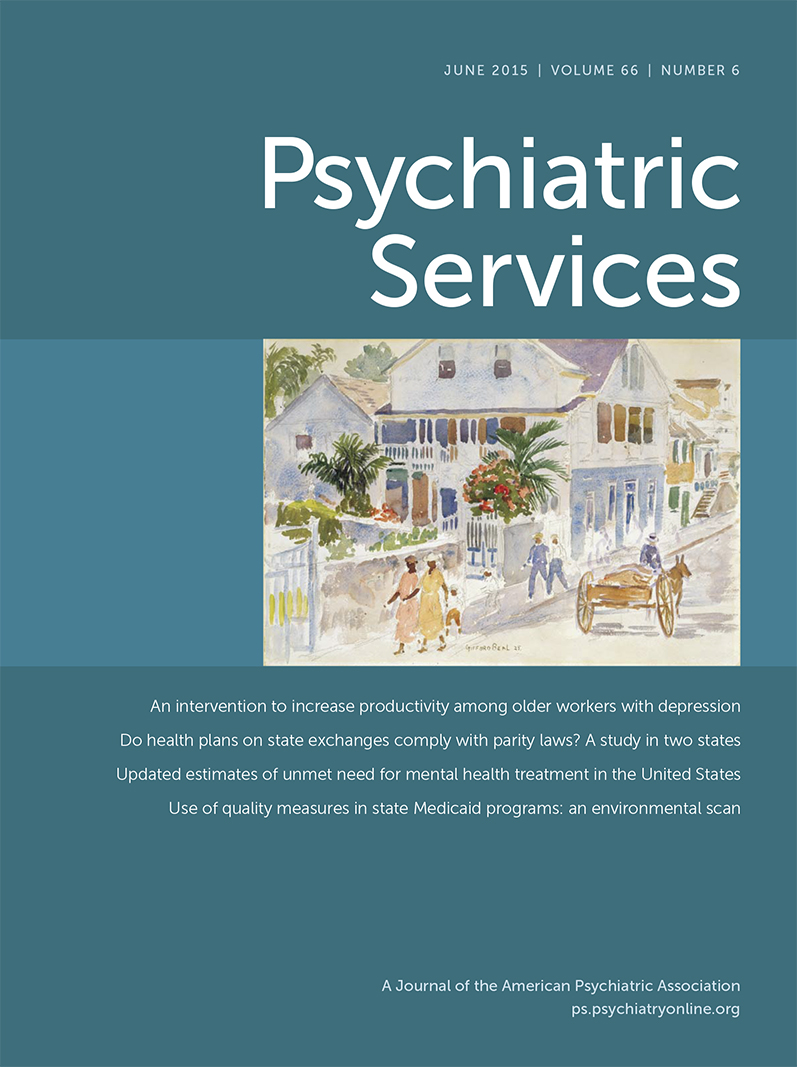Trends in Parent-Reported Emotional and Behavioral Problems Among Children Using Special Education Services
Abstract
Objective:
This report describes trends in health conditions reported by parents as the limitations leading to special education services for their children.
Methods:
Data are reported for children ages 6–17 (N=182,998) surveyed in households in the 2001–2012 National Health Interview Survey.
Results:
Between 2001 and 2012, the overall percentage of U.S. children ages 6–17 who were receiving special education services increased from 7.2% to 8.7%. Between 2001 and 2012, the leading causes of activity limitations among children receiving special education services included emotional or behavioral problems, which increased from 36% to 43%; speech problems, which increased from 16% to 22%; and learning disability, which decreased from 41% to 27%. There were no significant trends in any of the other conditions considered as possible sources of activity limitations.
Conclusions:
Emotional and behavioral problems have become the most frequently reported source of activity limitations among children receiving special education services.



